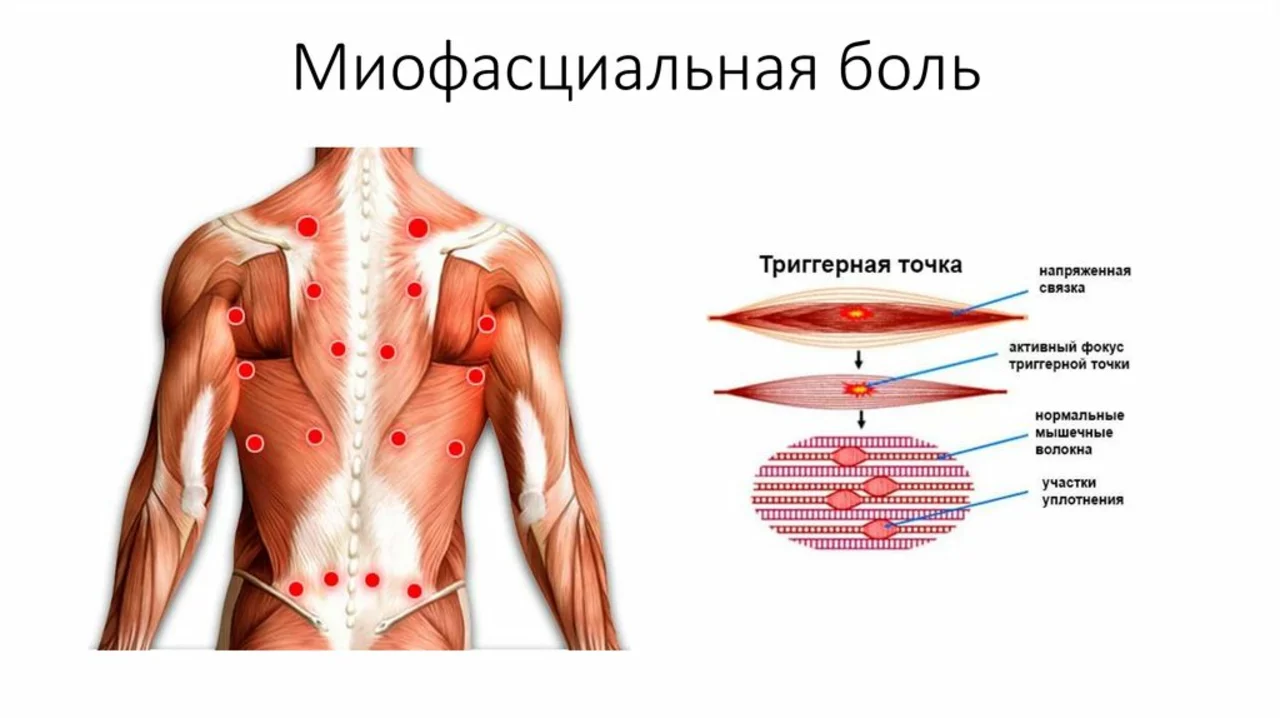Muscle spasms: how to stop them fast and prevent repeats
Ever woke up with a sharp cramp in your calf or felt your arm twitch for no reason? Muscle spasms are sudden, involuntary contractions that can be painful and annoying. Most are harmless and fixable at home, but some need a doctor. Here’s a straight, useful guide to quick relief, common causes, and simple prevention you can start using today.
Fast relief you can do right now
When a spasm hits, try these steps in order: gently stretch the affected muscle (for a calf cramp, pull toes toward you while keeping the leg straight); massage the area to boost blood flow; walk around if possible to loosen the muscle; apply heat for tight muscles or ice if there’s swelling or sharp pain. Sip water slowly — rehydrating helps if dehydration is the trigger.
If pain is strong, an OTC pain reliever like ibuprofen or acetaminophen can help. Topical analgesics or patches may ease soreness after the spasm. If cramps happen at night, try a light snack with potassium or magnesium (banana, yogurt, or a small handful of nuts) before bed — that helps some people.
Why spasms happen and what to check
Causes are usually simple: muscle overuse (too much exercise or a sudden increase in activity), dehydration, or low electrolytes like potassium, magnesium, or calcium. Tight muscles from poor posture, long periods sitting, or cramped sleeping positions also trigger cramps. Certain medicines — especially diuretics that lower potassium, and sometimes statins — can cause muscle pain or cramping.
Less common but important causes include nerve irritation, poor circulation, thyroid problems, or muscle diseases. If spasms are very frequent, severe, happening with weakness, numbness, weight loss, fever, or never improve with home care, get evaluated. A doctor may check electrolytes, kidney function, thyroid tests, or refer you for nerve testing.
For persistent or recurring cramps, treatments vary. Your doctor might suggest a short course of a muscle relaxant (like cyclobenzaprine or tizanidine) for severe cases, prescribe magnesium if you’re low, or recommend physical therapy. For focal, stubborn muscle spasms (like around the eye or jaw), Botox injections can give lasting relief.
Prevention is mostly practical: stretch regularly and warm up before exercise, stay hydrated, correct posture during long sitting, and review medications with your doctor if cramps started after a new drug. Strength training and foam rolling can reduce recurrence by improving muscle balance and flexibility.
Bottom line: most muscle spasms end with stretching, massage, fluids, and a little time. If they don’t, or if other worrying symptoms show up, see a healthcare provider — simple tests often find an easy fix.
Methocarbamol for Muscle Spasms: How it Works
In my latest blog post, I discussed Methocarbamol and its effectiveness in treating muscle spasms. I explained how it works as a central nervous system depressant, helping to relieve muscle pain by reducing muscle stiffness and inflammation. We also looked at the possible side effects of this medication and the importance of following the prescribed dosage. Overall, Methocarbamol can be a helpful option for those suffering from muscle spasms. If you're interested in learning more, head over to the blog for the full post.

